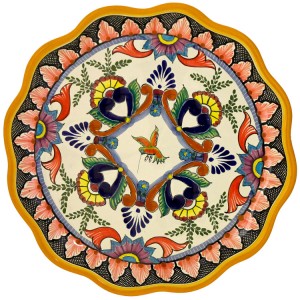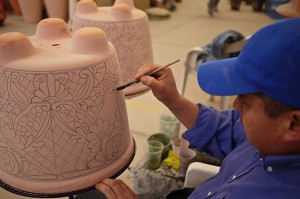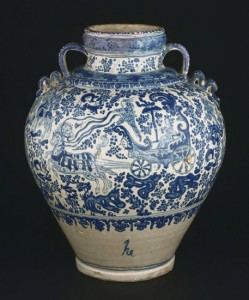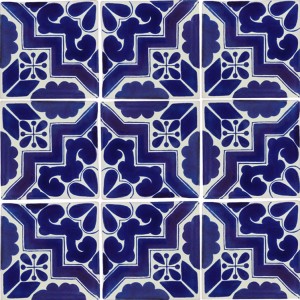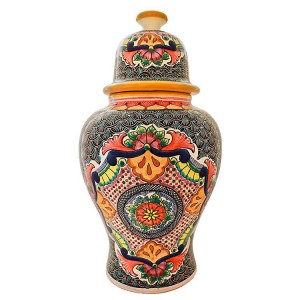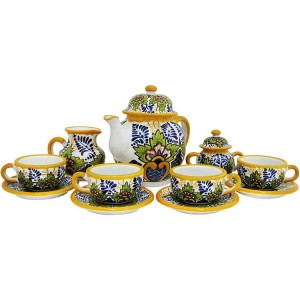 Coffee, Tea or Talavera? It’s a beautiful day on the hacienda and a perfect day to bring out the good china right? Not so fast. No need to make your get together or tea party for the girls stuffy and overdone. The idea is to enjoy the day with attractive and beautifully designed pieces that are not intimidating yet very elegant indeed.
Coffee, Tea or Talavera? It’s a beautiful day on the hacienda and a perfect day to bring out the good china right? Not so fast. No need to make your get together or tea party for the girls stuffy and overdone. The idea is to enjoy the day with attractive and beautifully designed pieces that are not intimidating yet very elegant indeed.
If you are searching for an elegant coffee or tea set to use not only for special occasions, but also for everyday use, then try our handmade Talavera tea and coffee sets. With every set having its own unique design, you are sure to find a coffee set that you will love. These Talavera coffee/tea sets are 100% lead free, microwave safe, and won’t easily chip or crack. Each coffee set is available in a 4, 6, or 8 person setting.
Use the colorful Talavera snack trays to highlight your dining table or any serving area with authentic Mexican style! Each Talavera snack tray is handmade and hand-painted by the artisans of the Tomas Huerta studio. They are great for serving your favorite snacks and hors d’oeuvres or tea sandwiches. Be sure to view the Tomas Huerta studio plates as well to complete a table set! Each authentic snack tray includes an eyelet for wall hanging and is 100% lead free; chip resistant; and microwave, oven, and dishwasher safe and easy to store.
Other items from the Talavera Pottery category, including our Talavera sinks, canisters, planters, and fruit bowls, come from the historic city of Dolores Hidalgo. Every design is painted by hand, and all plates and platters are made with an eyelet on the back for hanging on walls. So whether for home decoration or for day-to-day use in the dining room, our extensive selection of authentic Talavera pottery is sure to make a wonderful addition to your home décor.

